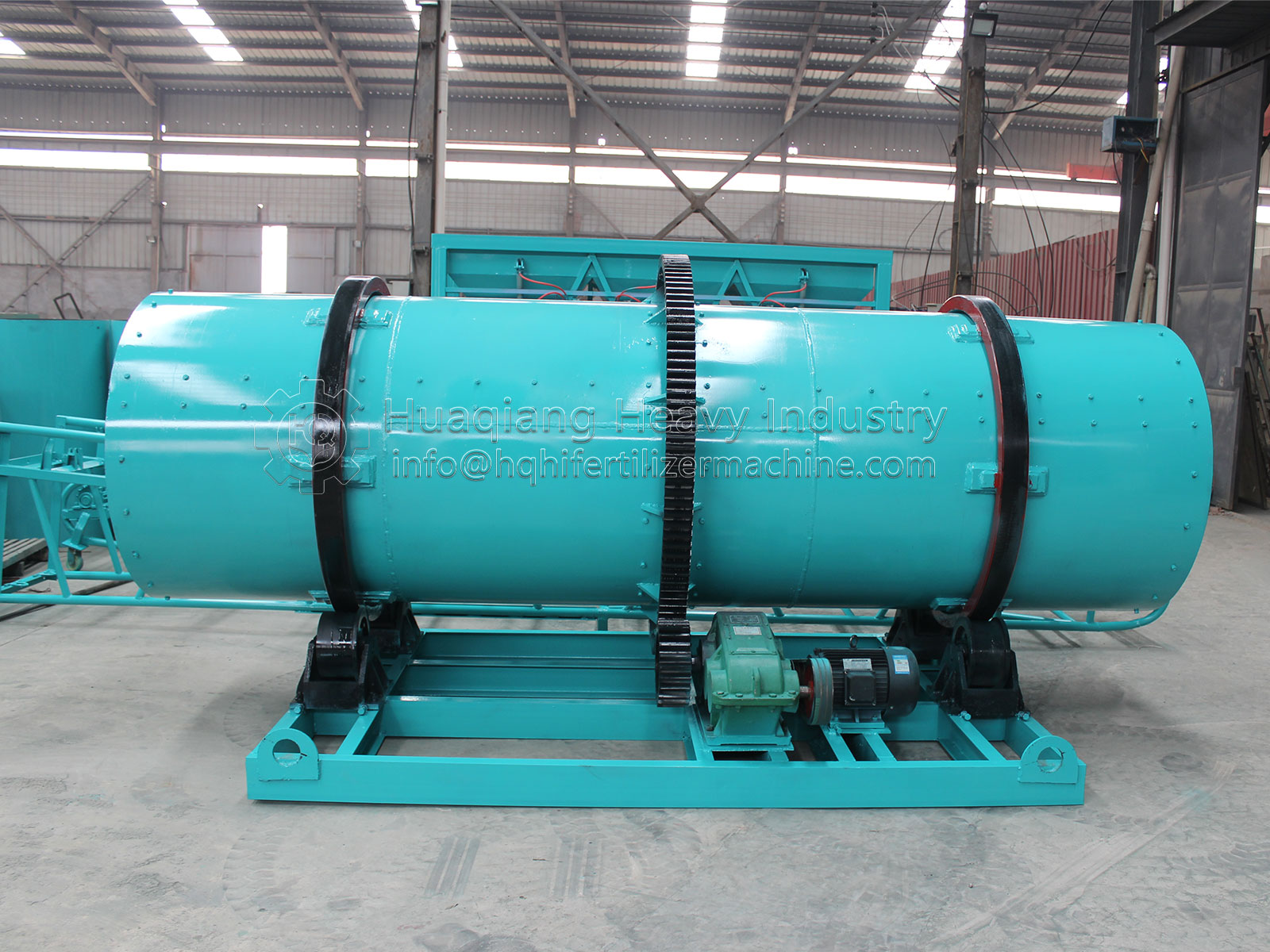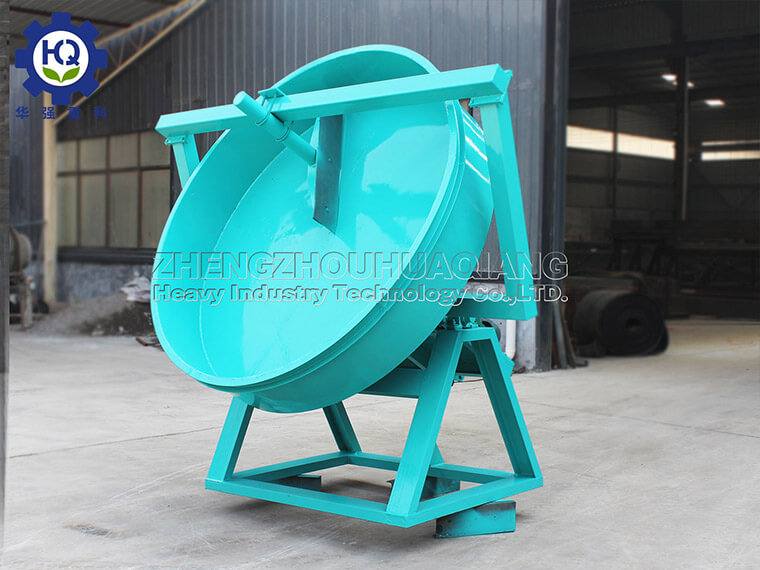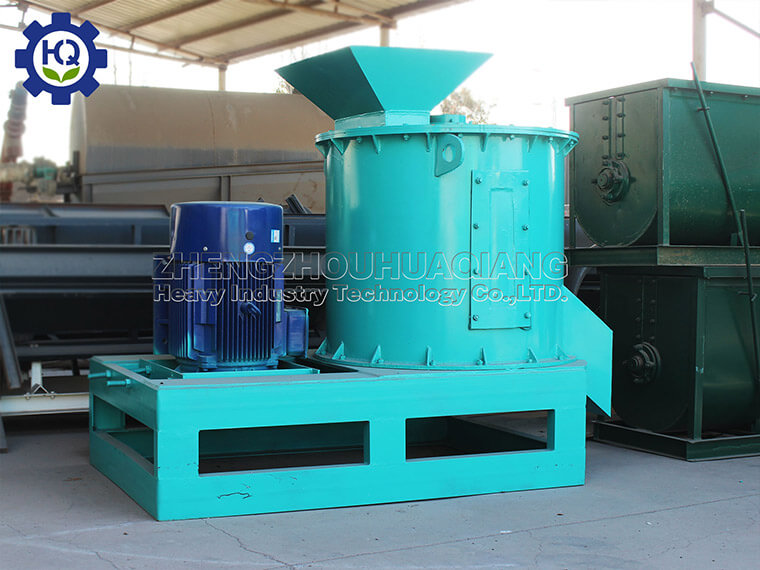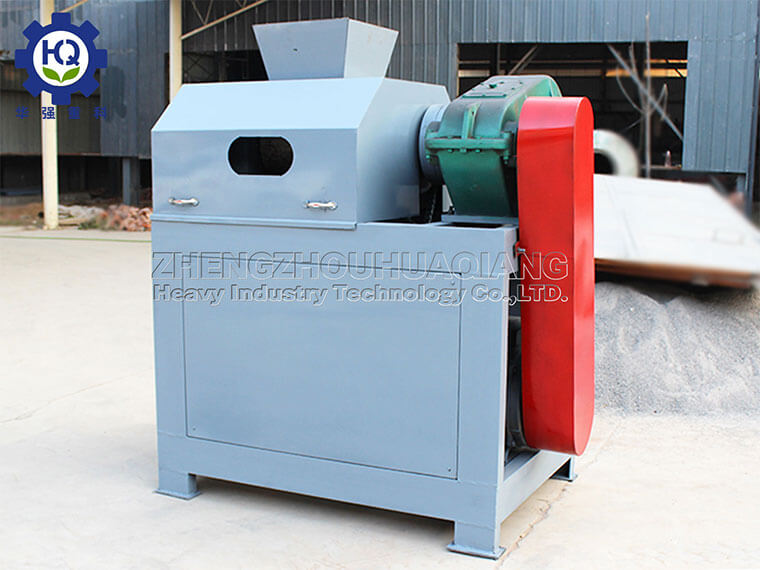Organic fertilizer granulator produces different fertilizers based on the moisture content of the raw materials
Organic fertilizer granulator machine require a certain viscosity during the organic fertilizer production line. Some raw materials are loose after fermentation and it is not easy to granulate. Therefore, it is necessary to add some water or a binder to increase the viscosity of the materials. The disc granulator and turn-granulator of organic fertilizer equipment use granulation method to granulate. During the granulation process, water or binder is added to ensure the material can be granulated smoothly. The new organic fertilizer granulator machine adopts wet granulation, and the materials after fermentation can be granulated directly without the need of other processes. The double-roller extrusion granulator is produced by using non-boring room temperature process, which is suitable for granulation of materials with low viscosity or low water content.
If the moisture content of the material is too high, you can add some dry materials in an appropriate amount to neutralize the moisture content. If the water content is too low, you can add water in an appropriate amount to facilitate granulation.
The new organic fertilizer granulator machine is a kind of organic fertilizer granulation equipment that continues to be updated with the development of agriculture, improved technology, and diverse needs. The new organic fertilizer wet granulator can maximize the choice of materials. All kinds of organic matter after fermentation can be granulated by the new organic fertilizer granulator, which breaks the restrictions and obstacles of traditional processes. Moreover, it does not need to stop the processing, crushing and boring of raw materials before granulation, and can directly realize the processing of ingredients And direct granulation, not only saves a small amount of power input, effectively reduces costs, but also maximizes the efficiency of the task, facilitates speed, and achieves satisfactory results. The new organic fertilizer granulator also achieves 100% organic content, and realizes the exclusive manufacture of pure organic fertilizer.
At the same time, the new organic fertilizer granulator produced by Zhengzhou Huaqiang heavy industry has the characteristics of various models, various technologies and various parameters. Welcome to consult.





.jpg)
.jpg)
.jpg)
